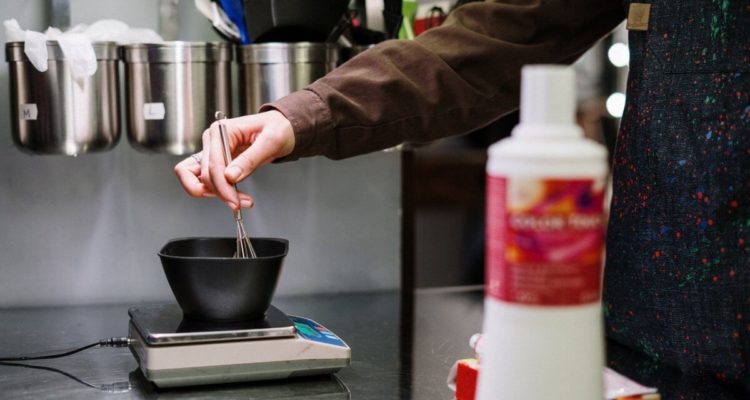
Oncology: hair dye increases the risk of cancer
0
Hair dye safety should be pretty simple, but it's not as black and white as hair color applied to your roots, explained Millie Ahlquist, Lush researcher and co-author of the new book True Colors: Hair Color for the Curious and the Careful.
“Obviously, that hair dye does not pose the same risk as smoking,” Ahlqvist said. “But so many people dye their hair that the numbers are still significant.”
When we talk about hair dyes and cancer, it all boils down to increased risk, not causation. And the suspects are any permanent hair dyes you pick up off the shelf at your favorite store.
“The ingredients that we see commonly associated with an increased risk of cancer are aromatic amines. The most common is called paraphenylenediamine (PPD), although it may go by other names on your ingredients list, such as 1,4-diaminobenzene and 1,4-phenylenediamine. Its common derivatives are para-toluenediamine (PTD) and the newer derivative 2-methoxy-methyl-p-phenylenediamine (ME-PPD). They may have different names.”
By comparison, permanent hair dyes make up about 80 percent of the global hair dye market, and about 70 percent of those contain PPD.
Studies have shown that personal use of hair dye is associated with an increased risk of these cancers:
- Breast cancer
- Non-Hodgkin lymphoma
- Chronic lymphocytic leukemia
- Multiple Myeloma
li>
What to do to reduce your risk:
- Use gloves or protective cream
- Open windows for better ventilation
- Rinse hair thoroughly over the bath or shower
- Don't let the product spread all over your body when you remove it
- Never leave it on the hair longer than the instructions say
- Increase the intervals between hair dyes









Leave a Reply